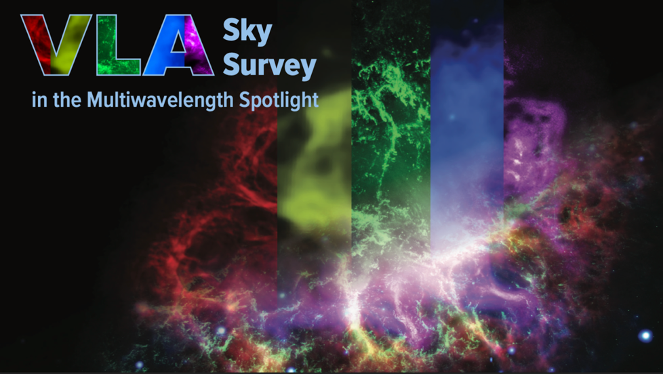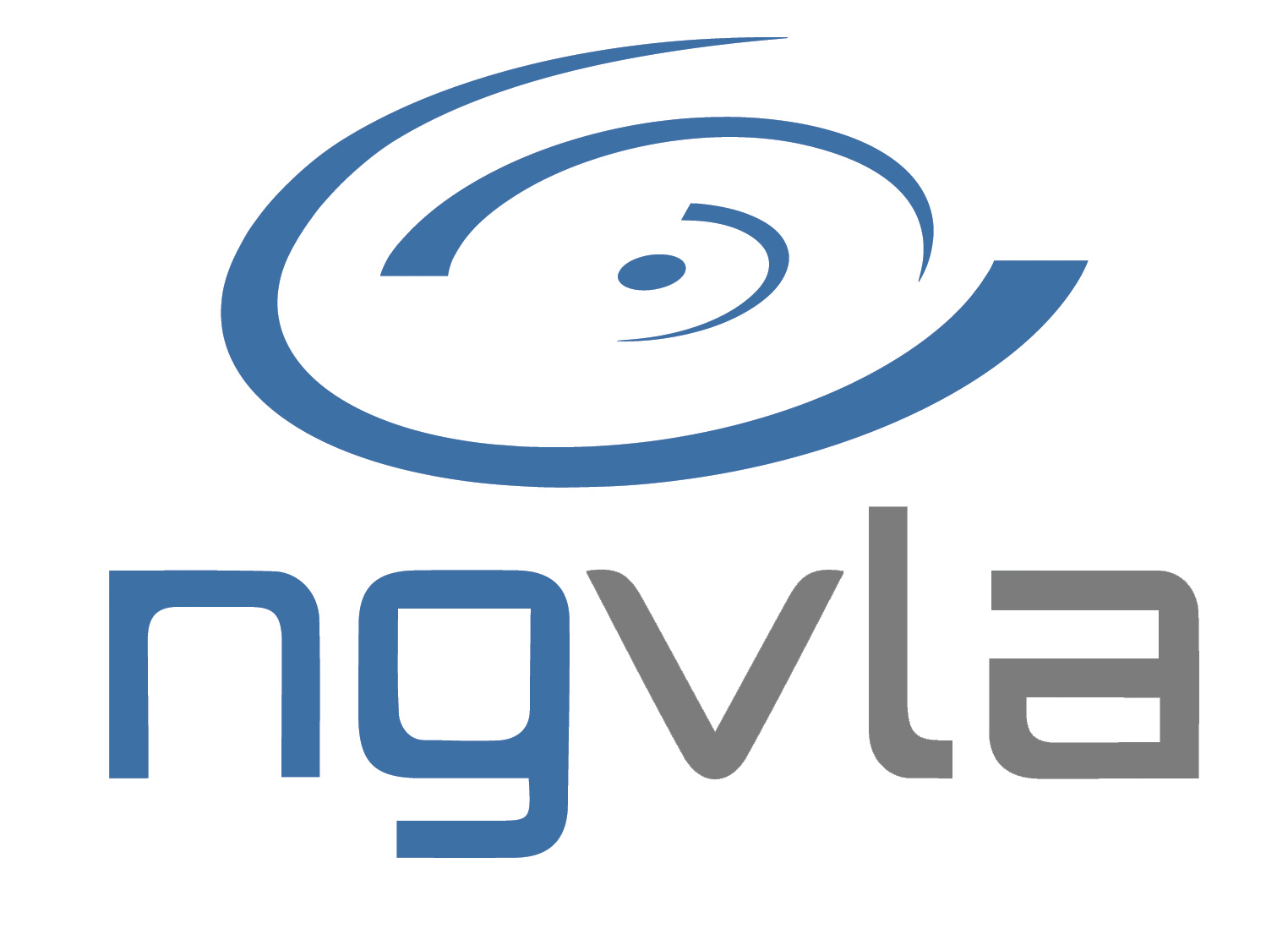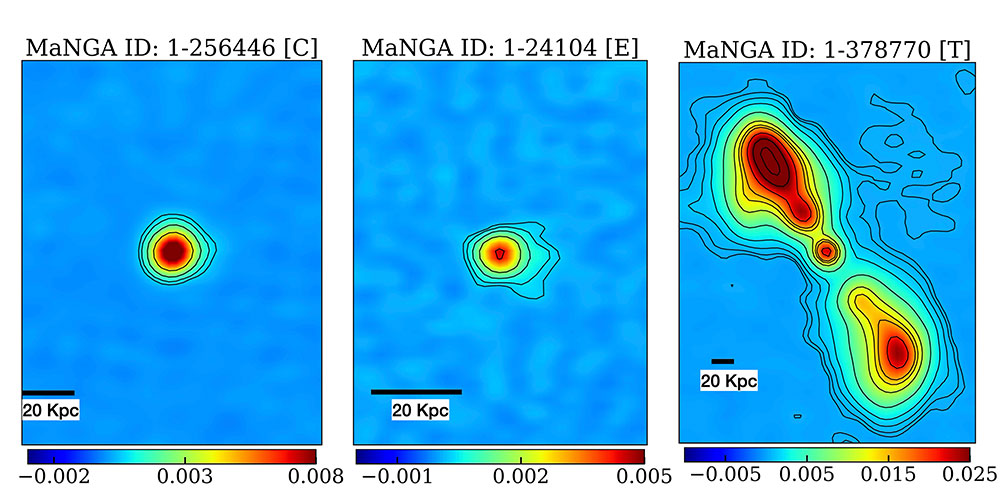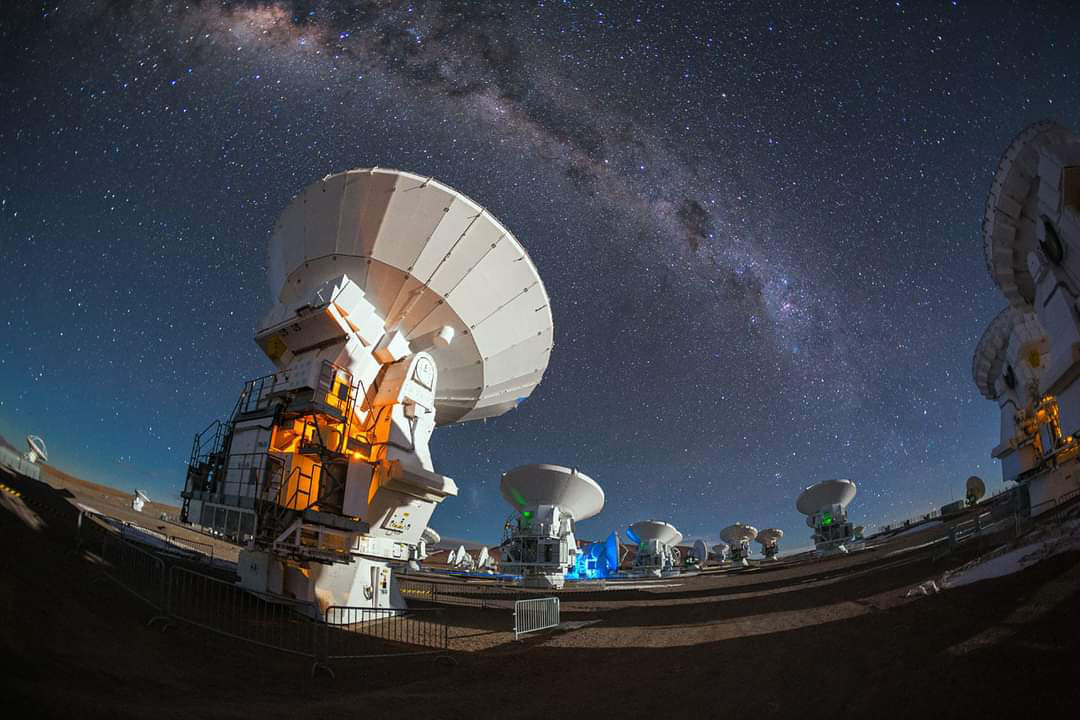NRAO eNews
Volume Vol#, Issue Iss#
Day# Month# Year#
NRAO eNews
Volume Vol#, Issue Iss# • Day# Month# Year#

Upcoming Events

Community Webinar Series: VLA/VLBA Call for Proposals Update for Semester 2022B
Jan 20, 2022 | Virtual

Community Webinar Series: (Advanced) Synthesis Imaging with CASA
Mar 24, 2022 | Virtual

18th Synthesis Imaging Workshop
May 18 - 25, 2022 | Virtual

The VLA Sky Survey in the Multiwavelength Spotlight
Sep 7 - 9, 2022 | Socorro, NM
The VLA Sky Survey in the Multiwavelength Spotlight

The NRAO is organizing the Very Large Array Sky Survey in the Multiwavelength Spotlight conference that will take place 7-9 September 2022, in Socorro, New Mexico, USA, as well as virtually! The hybrid format of this conference will allow participants to choose to attend either in-person or virtually.
The goal of this conference is to share a diverse range of scientific perspectives, both on the discoveries enabled by the Very Large Array Sky Survey (VLASS) on its own, and on advances made possible through synergy with other datasets. Opportunities for multiwavelength VLASS synergy include radio/millimeter observatories and surveys (e.g. ALMA, LOFAR, ASKAP, MeerKAT, Apertif), optical/infrared imaging and spectroscopy (e.g., Roman, Euclid, DESI, PFS, JWST), multi-epoch widefield surveys (e.g., ZTF, PanSTARRS, LSST), and the high-energy domain (e.g., Chandra, XMM-Newton, eROSITA). Breakthroughs are expected in a variety of areas including:
- Charting the cosmic evolution of galaxies and quasars,
- Discovering hidden explosions and transient events,
- Unveiling the wide variety of Galactic radio sources, and
- Understanding the tomography of the magnetic sky.
Pre-register today to receive the latest conference news and updates.
For additional details on conference logistics and the science program, please visit the conference website.
Questions? Please contact the conference mailbox: vlass22@nrao.edu.
ngVLA Project News

ngVLA Community Studies Reminder
As the next generation Very Large Array (ngVLA) Project heads towards the completion of its Conceptual Design and begins work on the Preliminary Design, we remind readers of the open proposal call for the fifth round of the ngVLA Community Studies Program.
The proposal receipt deadline is 14 February 2022, 23:59 EST.
Community Studies are designed to further develop the most pressing science questions that can be addressed by the ngVLA. As with previous rounds, we expect that all approved Community Studies will document their findings as part of a peer-reviewed journal article or ngVLA memo, and present their progress/final results at an appropriate science meeting. Consequently, we anticipate funding most formally approved proposals at a modest level to offset possible travel expenses, as well as for publication charges for papers expected to result from the study. We also expect to fund a small number of these Community Studies at a more significant level, up to $30,000 USD per award, through the ngVLA Community Studies Grants program.
Small-Scale Radio Jets in Red Geyser Galaxies

Continuum images from the LOFAR Two-meter Sky Survey of three red geysers discovered from MaNGA data. Adapted from Roy et al. (2021b).
[click to enlarge]
In galaxy formation models, an important ingredient is energetic feedback from active galactic nuclei (AGN) via black-hole driven jets and radiation. Direct detection of the signatures of such feedback is challenging. However, integral-field optical spectroscopy from the Sloane Digital Sky Survey (SDSS)-IV Mapping Nearby Galaxies at Apache Point (MaNGA) survey has revealed a unique population of quiescent galaxies called “red geysers”. They host low luminosity, radio mode AGN (Roy et al. 2018) and show signatures of galactic scale (~10 kpc) ionized gas outflows and suppressed star formation rates (<0.01 M⊙/yr) (Cheung et al. 2016, Roy et al. 2021a). These galaxies are possible sites for ongoing radio-mode AGN feedback.
Feedback from luminous radio galaxies has been well studied, but feedback from low-luminosity red geysers and its effect on the host galaxies is only beginning to be studied. Using continuum images from the Low Frequency Array (LOFAR) at 144 MHz, Roy et al. (2021b) found that red geysers exhibit various morphologies (see figure), with a wide range of sizes from a few to greater than 100 kiloparsecs (kpc), and with luminosities less than 1024 W/Hz. The majority exhibit compact or slightly extended kpc-scale structures, and possibly harbor smaller-scale jets unresolved at the ~6 arcsec resolution of LOFAR or the ~2.5 arcsec VLA Sky Survey resolution. These galaxies also exhibit diverse ionized outflow characteristics from the MaNGA data.
Important questions concerning red geysers include: What is the typical morphology of the smaller-scale radio jets? How do those jets interact with the surrounding interstellar medium (ISM) of the host? Do those jets trigger the observed ionized outflows? With the advent of optical-infrared integral field unit observations from James Webb Space Telescope, SDSS-V, and the Enhanced Resolution Imager and Spectrograph at the Very Large Telescope, more red-geyser-like galaxies will be discovered. The high angular resolution, broad frequency range, and high sensitivity of the next generation VLA will be crucial for resolving the sub-kpc jet structures in red geysers and allowing us to directly constrain feedback signatures and jet-ISM interactions.
Since 2015 the acronym ngVLA has appeared in 750+ publications indexed in the SAO/NASA Astrophysics Data System. This article continues a regular feature intended to showcase some of those publications. We are especially interested in showcasing work done by early-career researchers. The collection of showcase articles can be viewed online. Anyone wishing to volunteer to author a feature should contact Joan Wrobel.
ALMA Program News

A. Duro/ESO
ALMA observes the Universe from its high altitude, unmatched in sensitivity or clarity of view.
[click to enlarge]
ALMA Observations
ALMA continues Cycle 8 observations. The array is now in Configuration 4 (C-4), with baselines from 15 to 784m providing resolution of 0.9 arcsec at 100GHz. ALMA is following a normal operations schedule as the southern summer begins. ALMA will contract to C-3 before the normal maintenance shutdown during unstable altiplanic weather at the end of the month.
The pre-announcement for the Cycle 9 Call for ALMA observing proposals was issued 15 December 2021. Planned new ALMA capabilities were announced therein.
ALMA Status Overview
Cancellation of the January 2022 American Astronomical Society meeting postponed the opportunity for a Special Session report on ALMA status and plans for upgraded capabilities. ALMA Director Sean Dougherty provided a New Year status report, however, noting the “ … amazing progress that has been made during the past year in bringing ALMA back from being powered off for close to 9 months back to the restart of science operations, achieving ~75% of the planned Cycle 7 observations, and starting Cycle 8 very smoothly and successfully. This outstanding achievement took a tremendous level of planning and effort to implement safely, that came from all across ALMA – the staff at the Joint ALMA Observatory, both at the Operations Support Facility/Array Operations Site and at the Santiago Central Office, and those in each of the regional support centers, in many instances working from home due to the circumstances.”
The patience of users was much appreciated. Well-received was the “… successful introduction of distributed peer review and dual-anonymous proposals for the Cycle 8 proposal call, and we are incorporating the feedback received from both reviewers and proposers to further improve the approach for future proposal rounds”.
“Progress has been made on the wide-band sensitivity upgrade (WSU), the focus of development work across the observatory in support of the ALMA2030 Roadmap. The first success toward the WSU was the ALMA Board approval of the Band 6v2 proposal from North America in November. The main focal points for 2022 include the preparations for a WSU System Requirements Review, and the advancement of a 2nd-generation bandwidth correlator design. The complete WSU is a large project, and its successful advance in 2022 will require a tremendous effort by all involved over the decade.
“There are other challenges to be faced during 2022 (e.g. long-term maintenance planning and dealing with the current macro-economic climate), but we continue to have the strong support of the ALMA Partners as we step up to each of those challenges, advance the WSU, and ensure we are able to sustain ALMA’s outstanding scientific success.”
Submillimeter Array Call for Standard Observing Proposals - 2022A Semester

We wish to draw your attention to the next Call for Standard Observing Proposals for observations with the Submillimeter Array (SMA). This call is for the 2022A semester for the observing period 16 May 2022 - 15 Nov 2022.
Standard Observing Proposals Submission deadline: Thursday, 3 March 2022 21:00 UTC
The full Call for Proposals, with details on time available and the proposal process, will be available by January 29 at the SMA Observer Center (SMAOC) at http://sma1.sma.hawaii.edu/call.html.
Details on the SMA capabilities and status can be found at http://sma1.sma.hawaii.edu/status.html; proposal creation and submission is also done through the SMAOC at http://sma1.sma.hawaii.edu/proposing.html. We are happy to answer and questions and provide assistance in proposal submission, simply email sma-propose@cfa.harvard.edu with any inquiries.
Recent Media Releases
|
ALMA Catches "Intruder" Redhanded in Rarely Detected Stellar Flyby Event |
|
|
The Baseline #10 - How to Kick A Pulsar Out of the Galaxy |
|
|
28 Women in STEM Became the First Generation of PROVOCA Mentors |
From the Archives
Ellen Bouton

[click to enlarge]
About this month's photo: Twenty years ago, ALMA project managers and scientists from NRAO and ESO traveled to Tokyo to discuss Japanese involvement in ALMA. On 16 January 2001, they raised a toast to future collaboration. Left to right: Yoshihiro Chikada, Mark Rafal, Bob Brown, Masato Ishiguro, Richard Kurtz, Stefan Guilloteau, Richard Wade, Seichi Sakamoto. Japan formally joined ALMA in 2004.
From the Archives is an ongoing series illustrating NRAO and U.S. radio astronomy history via images selected from our collections of individuals' and institutional papers. If readers have images they believe would be of interest to the Archives, please contact Ellen Bouton.

